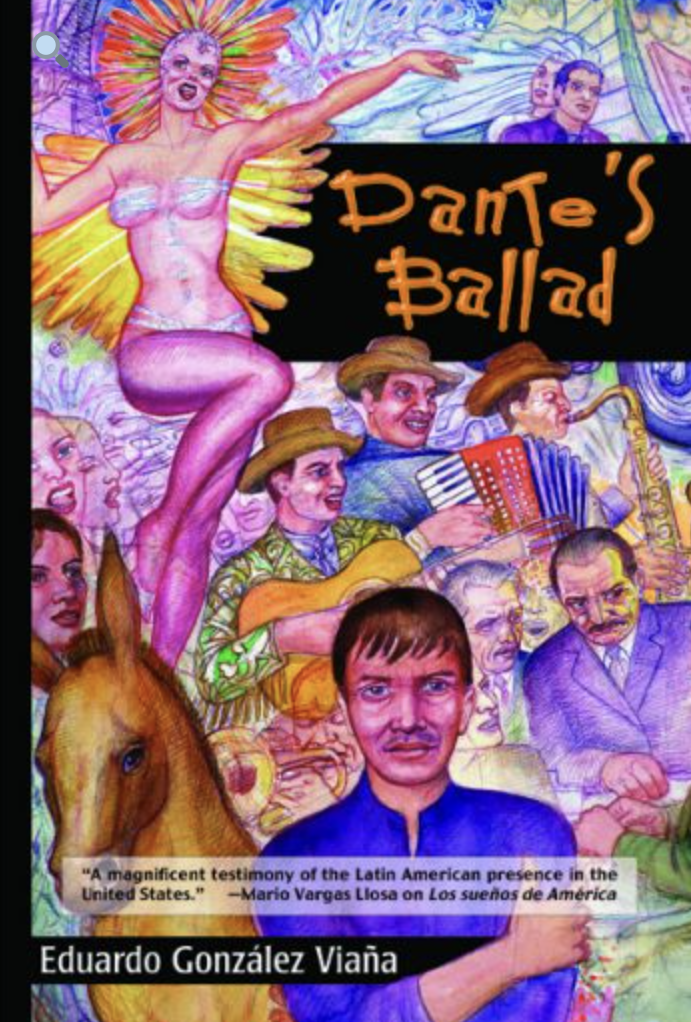 “Y tú, quién sabe por dónde andarás, quién sabe qué aventuras tendrás, qué lejos estás de mí.” –Eduardo González Viaña, Dante’s Ballad, 2007
“Y tú, quién sabe por dónde andarás, quién sabe qué aventuras tendrás, qué lejos estás de mí.” –Eduardo González Viaña, Dante’s Ballad, 2007
“‘Remember that we’re in the U.S.,’ Dante Celestino is told when his daughter Emmita runs away. Friends and neighbors warn him that in the United States it’s not considered so unusual for a fifteen-year-old girl to run away. But Dante had counseled Emmita to date only Spanish-speaking Hispanic boys, and never anyone who joins gangs or deals drugs. Yet she ignores her father’s advice and—right in the middle of her quinceañera—runs away with a tattooed Latino who doesn’t speak Spanish and rides a lowrider motorcycle. And to complicate matters, Dante is in the U.S. illegally, making it difficult to report the girl’s disappearance to the police.
“So begins Dante’s odyssey. Accompanied by a lame donkey named Virgilio and the voice of his dead wife, he sets out for Las Vegas, where Emmita’s boyfriend—or abductor, as Dante considers him—supposedly lives.
[. . .]
“In this bittersweet tour de force originally published in Spanish as El Corrido de Dante, the First and Third Worlds join hands, and Mexican pueblo life and Internet post-modernity dance together in one of the most memorable fables to shed light on issues such as immigration, cultural assimilation, and the future of the United States with its ever-increasing Latino population.” –Arte Público Press
Learn more about Dante’s Ballad by Eduardo González Viaña at the publisher’s website here.




